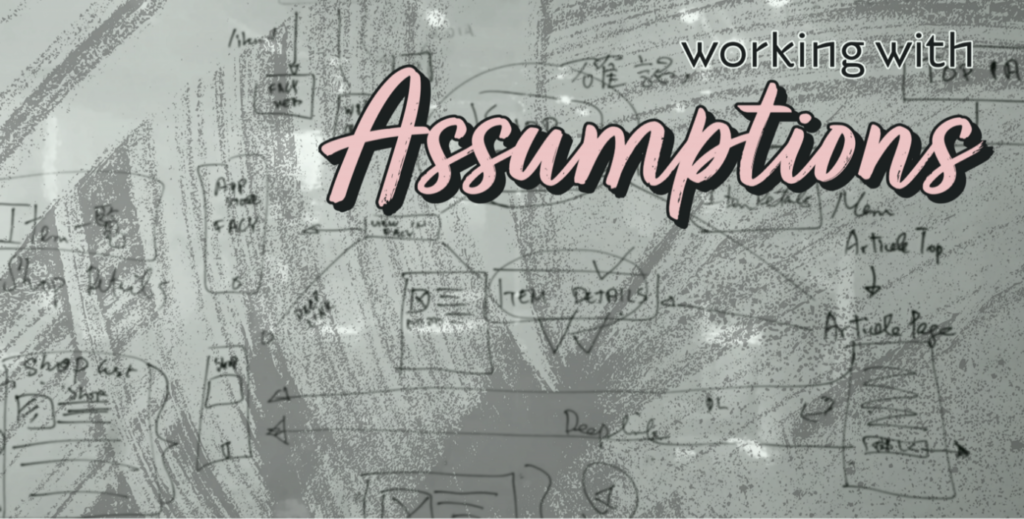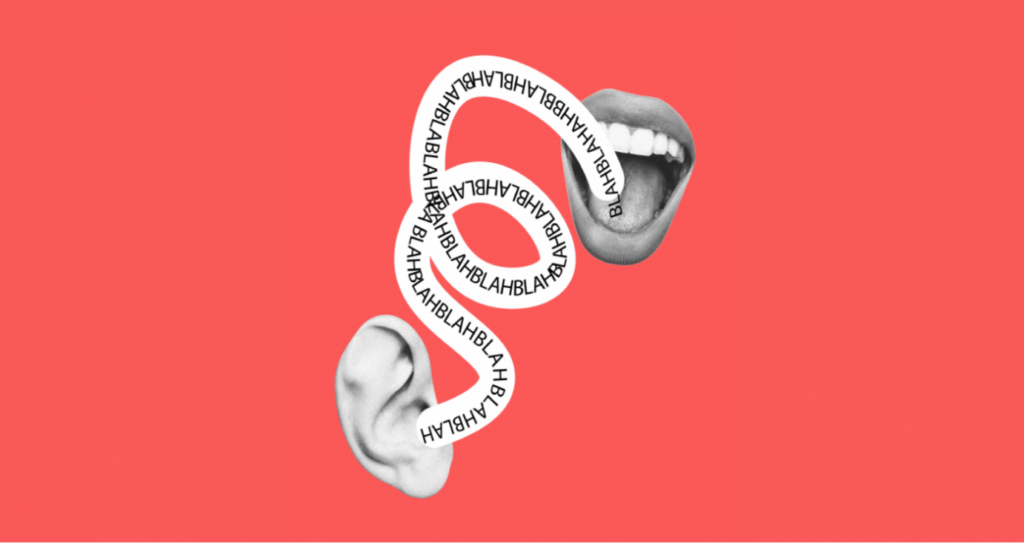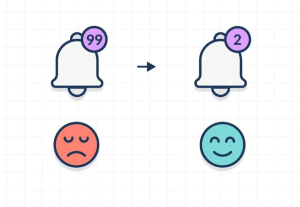Why AI Can’t Make Human Creativity Obsolete
- The article explores the paradox of AI-driven obsolescence of human creativity.
- It discusses why the fear that AI will make human creativity obsolete is unfounded, highlighting that humans inherently prefer human creations, imperfections and all, over AI-generated perfection.
Share:Why AI Can’t Make Human Creativity Obsolete
Share this link
- October 26, 2023
7 min read









